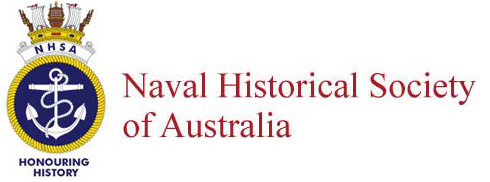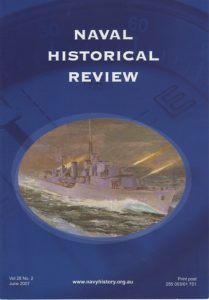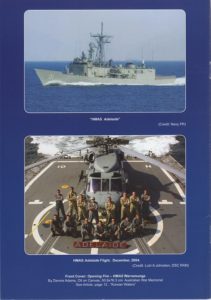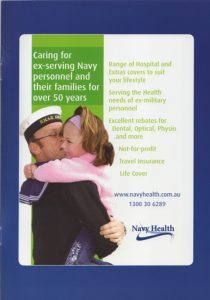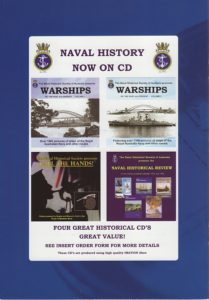- Author
- Arget
- Subjects
- History - general
- Tags
-
- RAN Ships
- HMAS Arunta I, HMAS Bataan, HMAS Warramunga I
- Publication
- December 1982 edition of the Naval Historical Review (all rights reserved)
Royal Canadian Navy
- Athabaskan:
- Sunk April 27th 1944, torpedoed by German destroyer T24 off St. Brieux, France
- Iroquois:
- Scrapped 1964.
- Huron:
- Scrapped 1964.
- Algonquin:
- Scrapped 1964.
- Mimac:
- Scrapped 1964.
- Cayuga:
- Scrapped 1964.
- Nootka:
- Scrapped 1964.
- Haida:
- Preserved as Naval Museum.
It is pleasing to know that at least one Tribal still survives as a Museum.
The Canadian Navy in 1964 ordered 4 new Helicopter carrying destroyers (DOHs), which were launched in 1970, of 4,200 tons and propelled by 50,000 HP Gas Turbines and they also saw fit to call them Tribals after previous destroyers, namely Athabaskan, Iroquois, Huron, Algonquin.
These are currently still in service.
Royal Australian Navy
- Arunta:
- Foundered off Broken Bay in tow to wreckers.
- Warramunga:
- Scrapped 1963.
- Bataan:
- Scrapped 1958.
Conclusion
May I complete this short resume which I hope will perhaps enlighten some of us who may have not known all our Warramunga’s sisters, with the thought that our gracious Department of Defence and Navy Office should seriously consider following their British and Canadian counterparts by honouring the names of our Tribals.
Editor’s Comments
Origin of Design:
According to David Lyon in Super Destroyers, published by Conway Maritime Press in 1978, the origin of the Tribal class was based on the need to counter the Japanese Fubuki class. He bases this assumption on the fact that only the Japanese destroyers were mentioned in the design documents, which he perused when preparing his article. It appears that little attention was paid to the large French destroyers, as France was not considered likely to become an enemy, and this of course applies to the large USN Porter class. He also goes on to state that there is little evidence that neither of these two types nor the large German Narviks had any detectable influence on the British design.
Canadian Tribals:
The four Canadian ships built in British yards were completed to the modified Tribal arrangement, mainly consisting of replacing X 4.7″ twin with a twin 4″ Mark XIX mounting. The four built in Canada did complete with an all 4 inch main armament, and later the three surviving British built ships were so altered.
